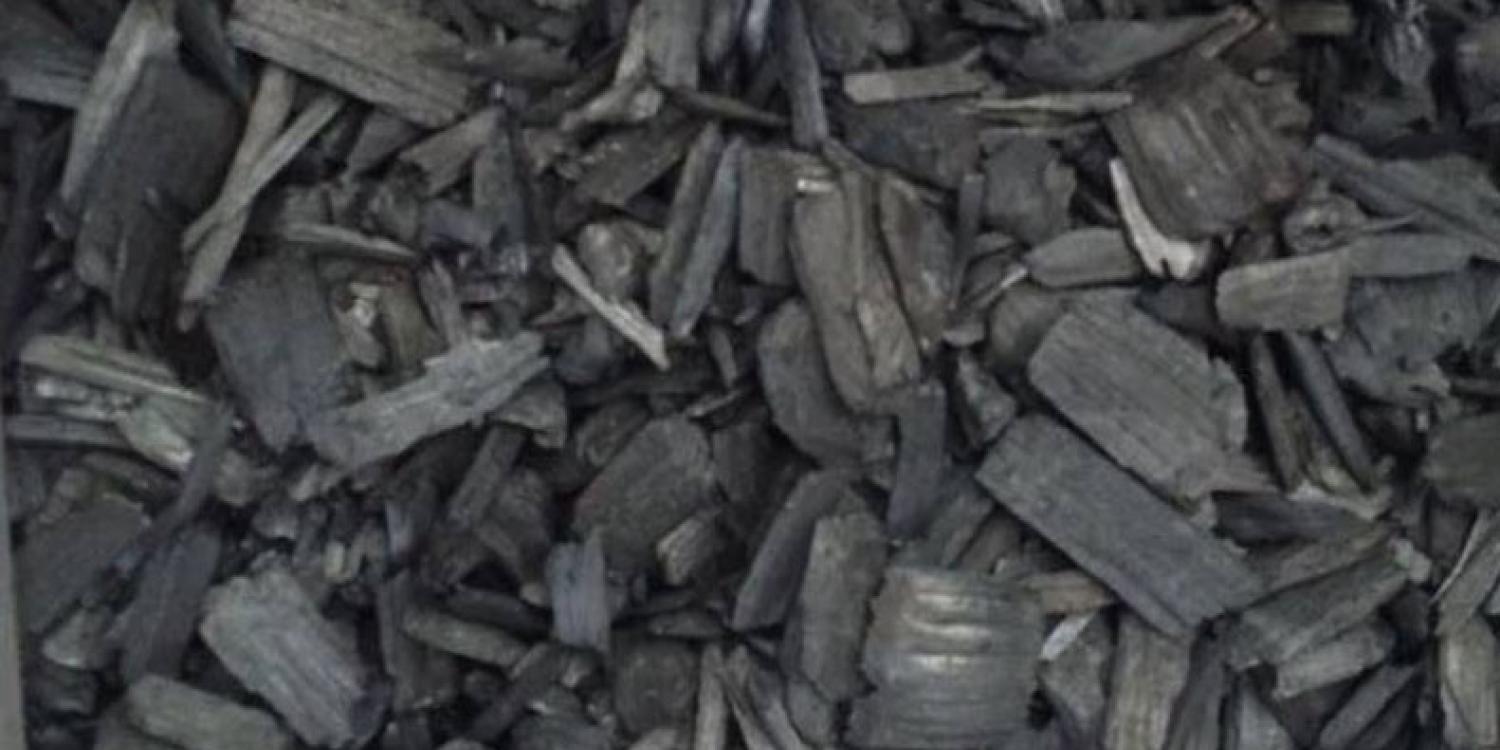
Sudden oak death disease has killed thousands of tanoaks on Oregon’s south coast. Since it was detected in Oregon in 2001, the standard practice to help slow the spread of the pathogen that causes the disease has been quarantining areas where the trees have been infected and cutting down and burning sick trees. Due to the high cost of treatment, there has been interest in finding cost-effective alternatives for disposing of the diseased woody material, known as slash.
A simple, relatively low-cost flame cap biochar kiln has been considered as a potential alternative method for treating diseased slash. Biochar, a charcoal-like product, is produced in the flame cap biochar kiln by controlling oxygen which limits the consumption of carbon. The resulting product – biochar can be used as an amendment to improve soil structure and increase its water-holding capacity.
Oregon State University Extension Service’s Norma Kline and Chris Adlam, in collaboration with Kelpie Wilson of Wilson Biochar, worked on projects in Coos and Curry counties that introduced biochar production with the flame cap kiln to the interagency Sudden Oak Death Program. In Coos County, Adlam, the Extension regional fire specialist for Southern Oregon, helped develop a defensible space webinar and field workshop with the South Slough National Estuarine Research Reserve that included a biochar presentation on the advantages of using the kiln as a fuel reduction tool.
Kline, Extension forester in Coos and Curry counties who provides technical assistance to woodland owners and collaborates with land managers on forestry issues on the south coast, worked on a project in Curry County that resulted in a cooperative exploration of using a flame cap biochar kiln to mitigate sudden oak death.
In the defensible space workshop, Oregon Department of Forestry foresters in the Sudden Oak Death Program received training and then tested the biochar kiln on a property infested with sudden oak death in which the landowner was interested in an alternative to standard pile burning. The program foresters reported that the biochar effort was fairly time extensive, however, and wasn’t a cost-effective treatment approach.
While the small flame-cap biochar method is not likely to be an efficient solution for widespread sudden oak death treatment it can be used in a case-by-case situation in special circumstances. The exploration of various approaches and collaborative problem-solving is a promising approach for future solutions.